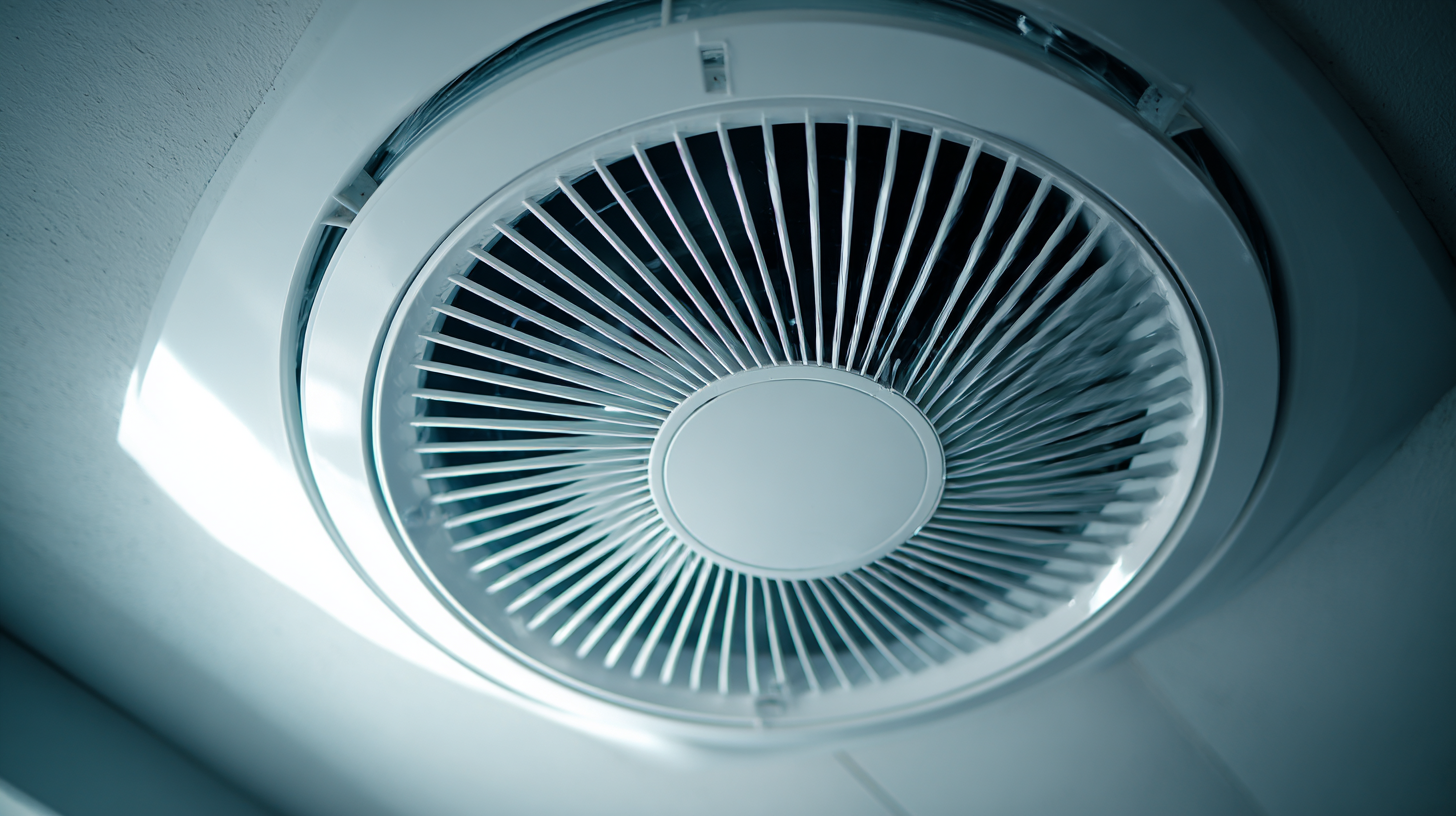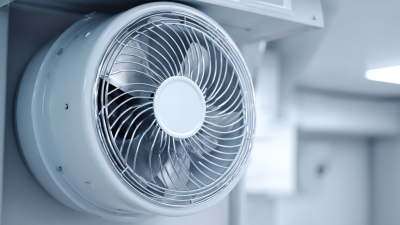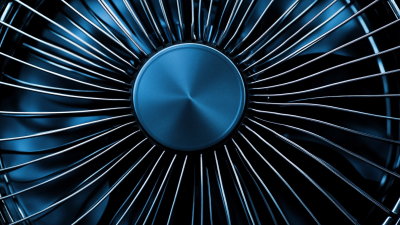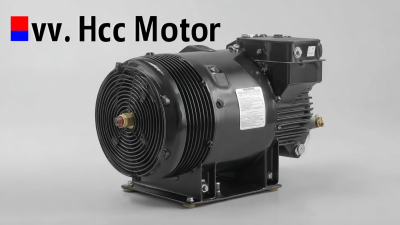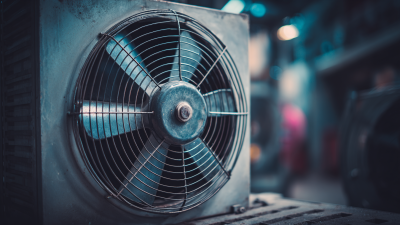




When it comes to maintaining a healthy and comfortable environment in your home, selecting the right Bathroom Exhaust Fan Motor is crucial. According to the Home Ventilating Institute, proper ventilation can reduce humidity levels by up to 50%, significantly combating mold growth and improving indoor air quality. With a significant percentage of homeowners unaware of the impact that an effective exhaust fan can have, the importance of choosing the right motor cannot be overstated. In fact, studies show that nearly 30% of homes experience issues related to poor ventilation, leading to health risks and structural damage. By understanding the key factors in selecting the right Bathroom Exhaust Fan Motor, homeowners can make informed decisions that enhance their living spaces while promoting long-term sustainability and efficiency. In this article, we will explore five easy tips to guide you in making the best choice for your bathroom ventilation needs.
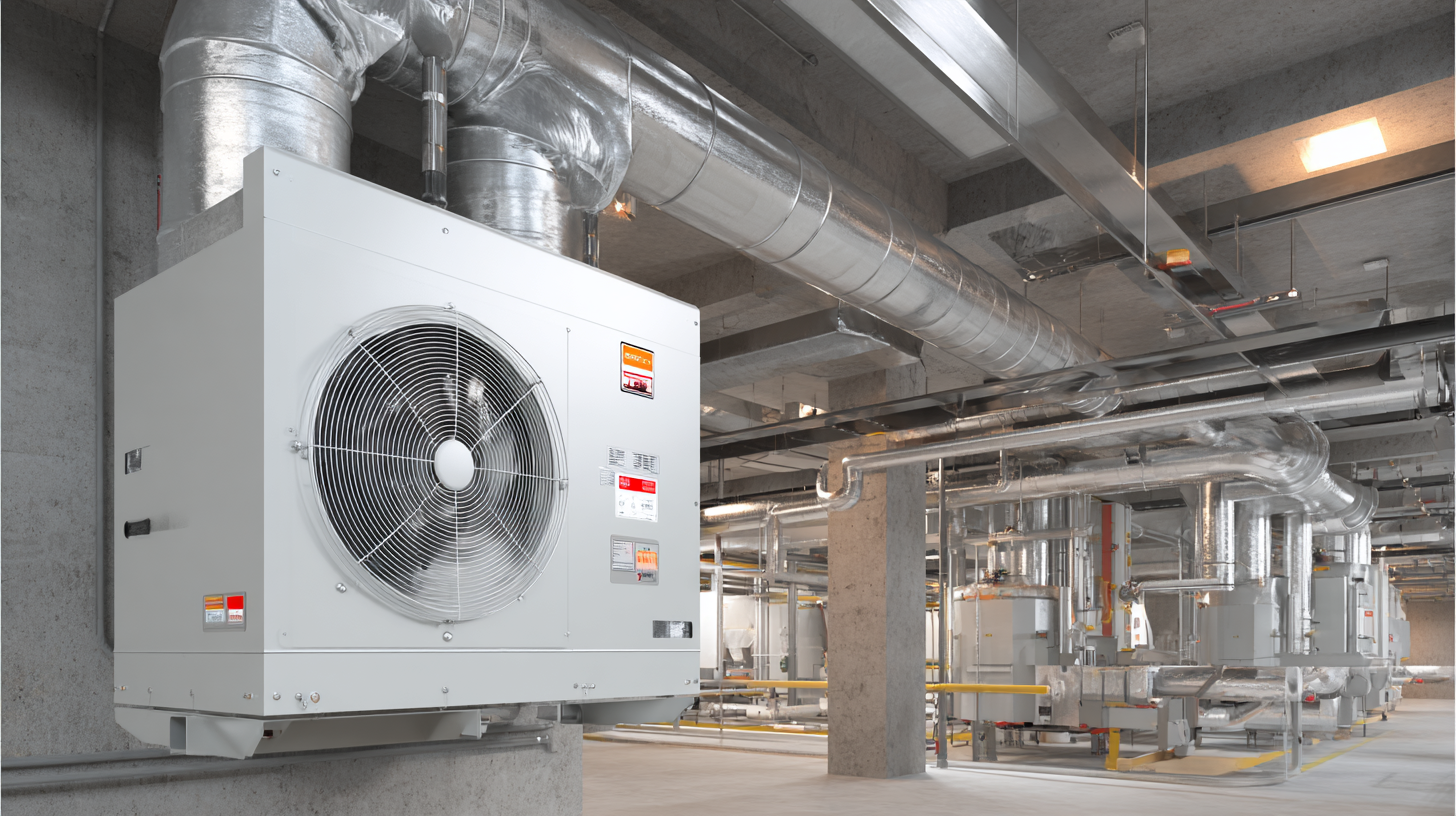
When selecting the right bathroom exhaust fan motor, understanding your bathroom size and ventilation needs is crucial. The Home Ventilating Institute recommends that bathrooms over 50 square feet should have a fan capable of moving at least 1 CFM (cubic feet per minute) for every square foot of the area. For example, a 100-square-foot bathroom would ideally require a fan with a minimum ventilation capacity of 100 CFM to ensure effective air circulation and moisture removal.
Moreover, it's important to consider the bathroom's specific usage. If your bathroom has multiple features such as a large bathtub or a shower that is frequently used, you may need to account for additional moisture generated during these activities. According to the U.S. Environmental Protection Agency, maintaining optimal humidity levels in a bathroom is essential to prevent issues like mold growth, which can occur when relative humidity exceeds 60%. Therefore, evaluating the unique characteristics of your bathroom—such as its size, layout, and usage patterns—will enable you to choose a fan motor that not only meets the basic CFM requirements but also enhances overall indoor air quality and comfort.
When selecting a bathroom exhaust fan motor, noise levels should be a primary consideration. A quieter exhaust fan not only enhances comfort but can significantly improve the overall atmosphere of the bathroom. According to a report from the Home Ventilating Institute, fans are measured in sones, with one sone being equivalent to the sound of a quiet refrigerator. For optimal peace, look for models that operate at 1 sone or less. This ensures a serene environment while effectively removing moisture and odors.
Tip 1: Check the manufacturer's specifications for noise levels before making a purchase decision. Many high-quality exhaust fans are designed to minimize sound while still providing powerful airflow, striking the perfect balance for your bathroom.
Furthermore, it's crucial to consider the CFM (cubic feet per minute) rating in conjunction with the noise level. A fan that moves a high volume of air at low sones will be more efficient in maintaining air quality without compromising tranquility. Tip 2: Look for fans that offer a rating of at least 50 CFM for average-sized bathrooms, ensuring effective ventilation while keeping noise to a minimum. By prioritizing both sound and efficiency, you can create a bathroom space that is as peaceful as it is functional.
When selecting a bathroom exhaust fan motor, understanding the CFM (Cubic Feet per Minute) rating is essential for ensuring effective airflow. The CFM rating indicates the amount of air the fan can move per minute, which directly affects the ventilation efficiency of your bathroom. To determine the appropriate CFM for your space, consider the size of the bathroom; generally, a rule of thumb is to have 1 CFM for every square foot of bathroom space. For larger bathrooms, additional CFM may be necessary to adequately eliminate moisture and odors.
Moreover, factors such as the number of fixtures in the bathroom—like showers or bathtubs—and the overall environment can influence the required CFM. If your bathroom has a lot of steam-generating appliances or is frequently used, opting for a fan with a higher CFM rating will enhance performance and prevent issues like mold growth. Conversely, smaller or less frequently used bathrooms can function efficiently with a lower CFM. By carefully assessing these needs, you can choose an exhaust fan motor that maintains optimal airflow and effectively keeps your bathroom fresh and dry.
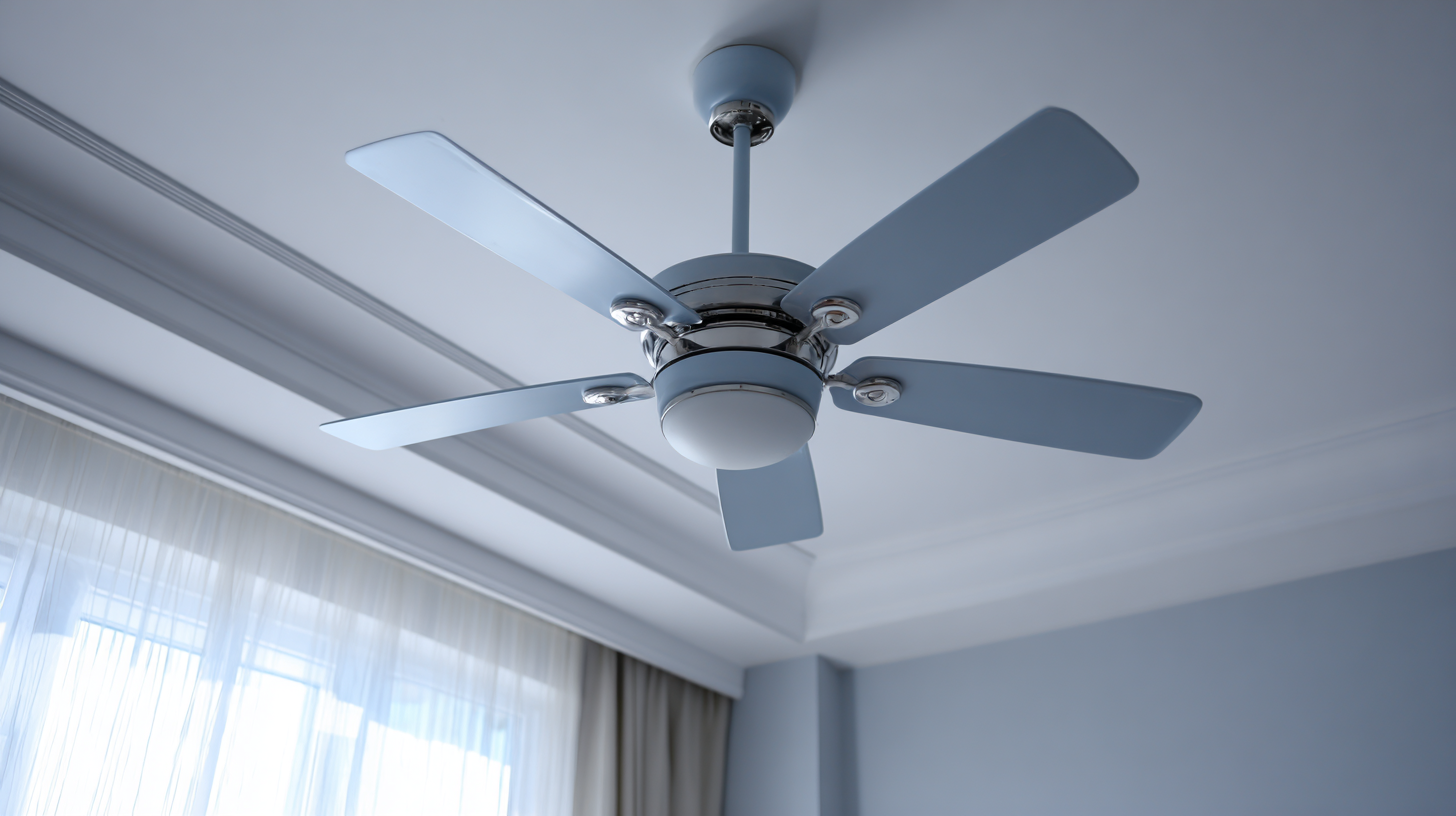
When selecting the right bathroom exhaust fan motor, energy efficiency ratings play a pivotal role in ensuring cost savings over time. According to the U.S. Department of Energy, energy-efficient exhaust fans can reduce operating costs by up to 50% compared to standard models. Fans that are ENERGY STAR certified not only meet high energy efficiency standards but also demonstrate their effectiveness in improving indoor air quality, making them a smart investment for homeowners.
Furthermore, the Annual Energy Use of exhaust fans typically ranges from 30 to 60 watts. By opting for a high-efficiency motor, such as a brushless DC motor, consumers can expect to see a significant reduction in energy consumption. Studies have shown that these advanced motors can operate at a mere 20 watts while still providing excellent airflow, translating into tangible savings on monthly energy bills. Therefore, prioritizing energy efficiency when selecting a bathroom exhaust fan motor is an effective strategy for enhancing both comfort and cost-effectiveness in your home.
| Tip | Description | Energy Efficiency Rating | Estimated Annual Cost Savings |
|---|---|---|---|
| Choose the right size | Select a fan based on your bathroom size for optimal performance. | Energy Star Rated | $20 |
| Consider noise level | Look for fans designed to operate quietly to maintain comfort. | Quiet Operation Rated | $15 |
| Incorporate efficient lighting | Select fans with integrated LEDs to reduce energy in lighting. | High Efficiency Lighting | $25 |
| Look for automatic timer settings | Install fans with timers to reduce unnecessary energy usage. | Smart Control Rated | $30 |
| Choose the right installation type | Assess whether you need a ceiling or wall-mounted unit for best performance. | Installation Type Efficiency | $10 |
When selecting a bathroom exhaust fan motor, it's essential to consider not just the basic functionality but also the additional features that can significantly enhance usability and performance. According to a recent report by the Home Ventilating Institute (HVI), leveraging advanced features like humidity sensors can improve airflow efficiency and reduce energy consumption by up to 25%. These sensors automatically adjust the fan’s operation based on moisture levels, ensuring optimal performance without manual intervention.
Another aspect to evaluate is sound rating, typically measured in sones. The HVI suggests that fans rated at 1.0 sone or lower are ideal for maintaining a quiet and relaxing bathroom environment, which is crucial in residential settings. Additionally, energy efficiency should not be overlooked; models with Energy Star certification can reduce energy consumption by up to 60% compared to non-certified models, making them a wise long-term investment.
Tips: When exploring options, prioritize features that align with your bathroom size and humidity levels. Consider models with integrated lighting for dual functionality, and determine if a fan with a delay timer might serve your needs better by allowing you to leave the bathroom without worrying about turning off the fan. Always reference industry benchmarks to ensure you’re selecting a motor that meets both your performance expectations and energy-saving goals.
